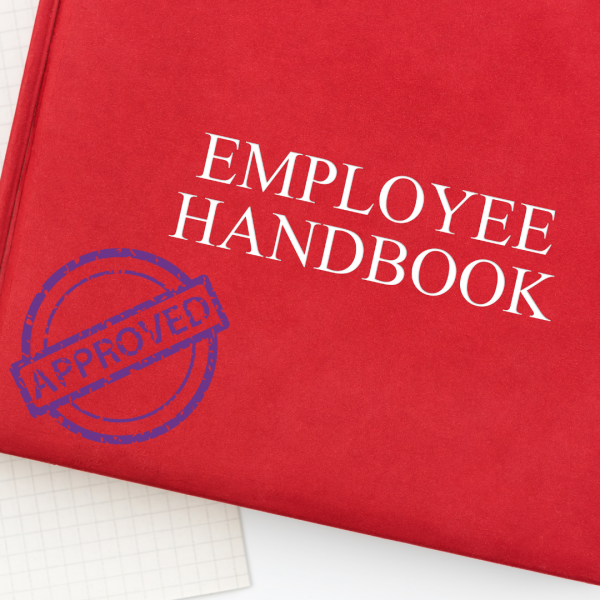
When you think about essential tools for running a small business, things like payroll software, customer service platforms, or a strong website might come to mind. But one of the most overlooked—and powerful—tools is the employee handbook.
For small businesses, having a clearly written employee handbook isn’t just about rules and policies. It’s about setting expectations, protecting your business, and laying the foundation for a strong, values-driven workplace. As Zach Abraham, CEO of AlignHR, put it: “The employee handbook is one of the most effective ways to set the tone and the culture of the organization.”
Whether you have two employees or 20, the lack of written expectations can lead to miscommunication, inconsistency, and even legal exposure. A handbook provides structure and support for managers and employees alike.
Here’s what a solid employee handbook does:
Without a handbook, policies are applied inconsistently, which can lead to frustration—or worse, liability.
Many small business owners operate under informal policies for years. But what happens when an employee issue arises, and there’s no documentation? You’re left scrambling to make decisions—and those decisions may not hold up under scrutiny.
As Zach noted on the Beyond Compliance podcast, even businesses that mean well can run into trouble without clear, documented policies: “You don't know what you don’t know, and by the time you find out, you may already be at risk.”
Some companies treat the handbook as a legal requirement and stop there. But it can be so much more. Your handbook is a communications tool. It’s an opportunity to introduce employees to your company’s personality, priorities, and expectations.
When written well, it tells employees:
It’s also a way to show new hires how your company stands out. Especially in places like Wheeling, Morgantown, or other growing business regions, clarity and professionalism go a long way toward attracting and keeping great talent.
Myth: “We’re too small for a handbook.”
Truth: You’re never too small. In fact, small businesses benefit most from the structure it provides.
Myth: “It’s just red tape.”
Truth: A good handbook prevents headaches and helps your team focus on meaningful work—not policy confusion.
Myth: “Once it’s done, we’re good.”
Truth: Handbooks should be reviewed and updated at least annually to reflect new laws, technology, and changes in your company’s structure.
Here are a few steps small businesses can take right away:
The most underrated HR tool is often the one that can have the biggest impact. A thoughtful, up-to-date employee handbook for small businesses can help avoid unnecessary risks, improve communication, and set the stage for sustainable growth.
If your business is ready to grow or bring on new team members, make sure your foundation is solid. AlignHR can help guide you through building a customized, culture-based handbook that fits your needs—no matter your size.
This blog was inspired by Episode 3 of the Beyond Compliance podcast, where Zach Abraham and Luke Hladek discuss the importance of policy, consistency, and leadership buy-in. Listen to the episode below—and subscribe to stay updated on practical HR topics that impact your business every day.